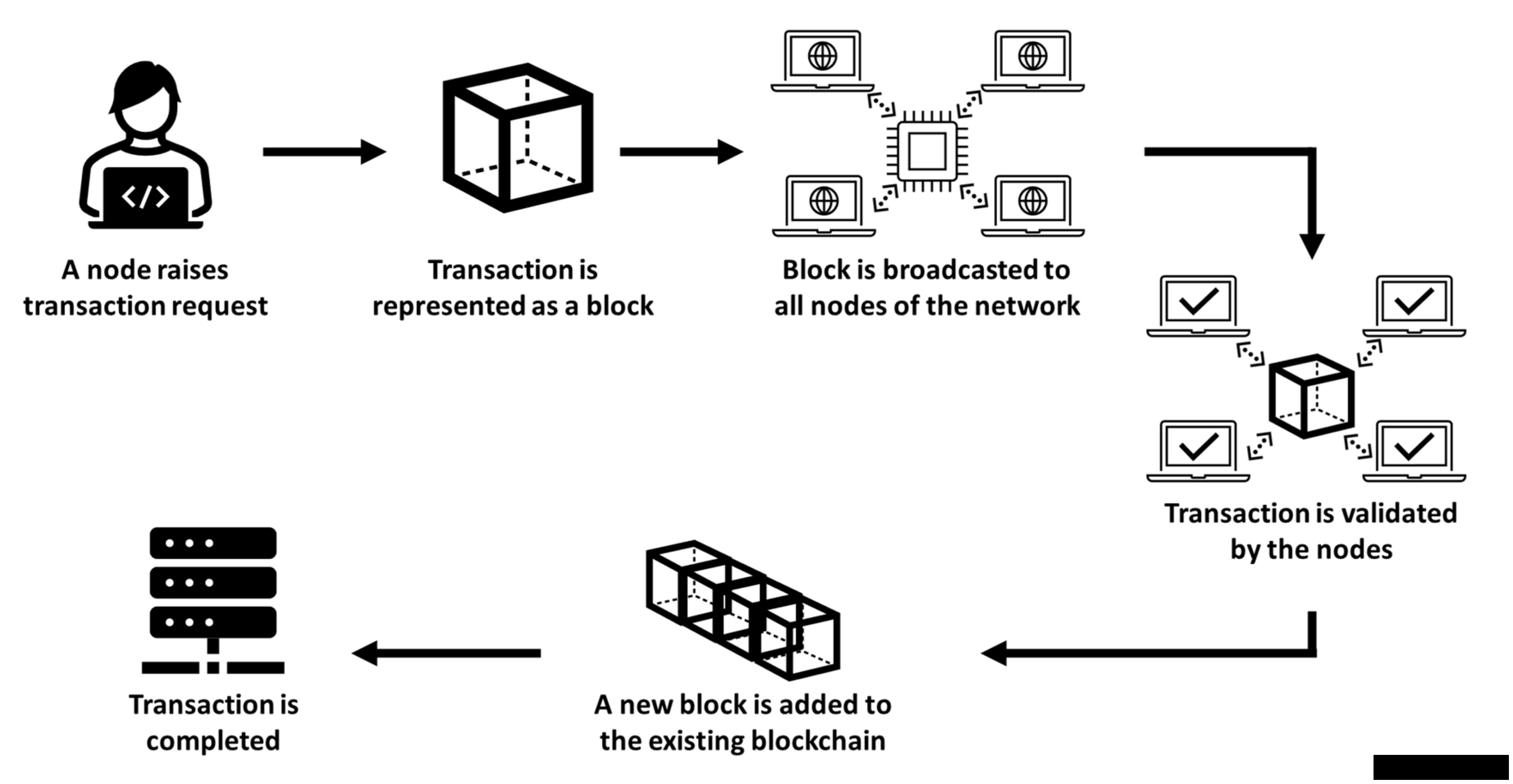How Are Blockchain Transactions Being Verified?
how are blockchain transactions being read and verified.
Go Back
🕒 6:14 PM
📅 May 16, 2025
✍️ By oluwafemighty
how are blockchain transactions being read and verified.
Go Back
🕒 6:14 PM
📅 May 16, 2025
✍️ By oluwafemighty
Blockchain transactions are verified through a consensus mechanism, which ensures that all participants in the network agree on the state of the ledger. The specific method depends on the blockchain, but here are the main types 👇
1. Proof of Work (PoW) Used by Bitcoin
i). How it works: Miners solve complex mathematical puzzles to validate transactions and add new blocks.
ii). Security: Very secure, but energy-intensive.
iii). Verification: The first miner to solve the puzzle broadcasts the block; if others agree it's valid, it's added to the chain.
2. Proof of Stake (PoS) Used by Ethereum 2.0 and others
i). How it works: Validators are chosen to confirm transactions based on how much crypto they “stake” (lock up as collateral).
ii). Security: More energy-efficient than PoW.
iii). Verification: Validators propose and vote on blocks; if the block is approved by consensus, it’s added to the blockchain.
Some Other Mechanisms include:
i). Delegated Proof of Stake (DPoS): Users vote for delegates to validate transactions (e.g., EOS).
ii). Proof of Authority (PoA): Trusted validators are pre-approved to verify transactions (often used in private blockchains).
iii). Byzantine Fault Tolerance (BFT): Nodes reach consensus despite some being malicious or faulty (used in Cosmos, Hyperledger).
Some Common Steps in Verification include:
1. Transaction is broadcast to the network.
2. Nodes validate the transaction (e.g., checking digital signatures, balances).
3. Transaction is added to a block.
4. Consensus mechanism finalizes the block.
5. Block is added to the blockchain, and the transaction is confirmed.
In all cases, the goal is to ensure trust and accuracy without a central authority.
I hope you learn something new
Good luck 🫶